Art & Exhibitions
5 Legendary Art Dealers Who Struggled Before They Made It Big
The only certain thing in life is uncertainty.
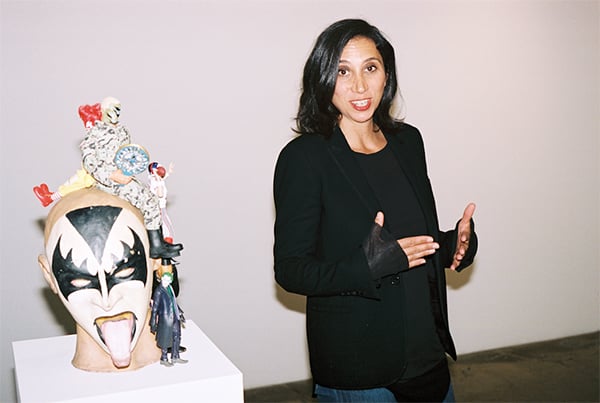
The only certain thing in life is uncertainty.

Christie Chu


Arshile Gorky and Fiorella La Guardia.
Photo: Archives of American Art.
Art dealing can be glamorous, as well as culturally enriching, and there are certainly financial benefits to be gained. But those are just the upsides. All successful dealers will tell you that the climb to the top is uncertain, steep, and potentially treacherous. Even when you think you’ve achieved something, it may be even harder to maintain.
Below, we’ve gathered five art dealer stories that show the struggle is very, very real.

Michele Maccarone.
Photo: Jason Nocito.
1. Michele Maccarone
Michele Maccarone was a director at blue-chip gallery Luhring Augustine in New York when she decided to open up her own space in Chinatown. This sounds easy enough, except the year was 2001, and virtually no one had a gallery in the area. Maccarone told Vice in a 2010 interview, “I was so broke that I had to actually live there. I lived in that building with no hot water, no shower, and no heat. My life was so derelict, I would shower at the Dolphin gym on Avenue B. And it smelled like dead rats. It was so raw.” The dealer then joked that she takes “full responsibility for boug-ing up that neighborhood.”
The New York-based dealer is planning on opening her second space in LA this September.
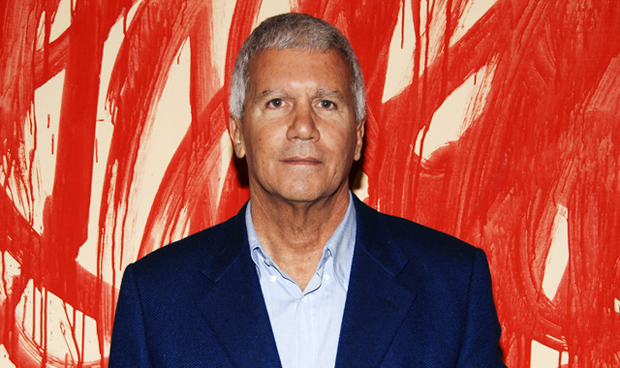
Larry Gagosian
2. Larry Gagosian
Although he is now one of the art world’s biggest players, with 15 galleries worldwide, Lawrence Gilbert “Larry” Gagosian came to his mega-watt art dealing career organically.
In an interview with collector Peter Brant in Interview magazine, Gagosian disclosed that he dropped out of college several times before graduating after six years. He worked at a free-press bookstore and record store while studying, eventually landing a job at William Morris Agency where he worked, briefly, for Michael Ovitz. After he was fired from the agency, he parked cars and then started selling posters on the street. In her memoir, Girl in a Band, artist Kim Gordon writes about her time as an assistant to Gagosian during his poster days. “He was erratic, and the last person on the planet I would have ever thought would later become the world’s most powerful art dealer.”
The rest is art world history.
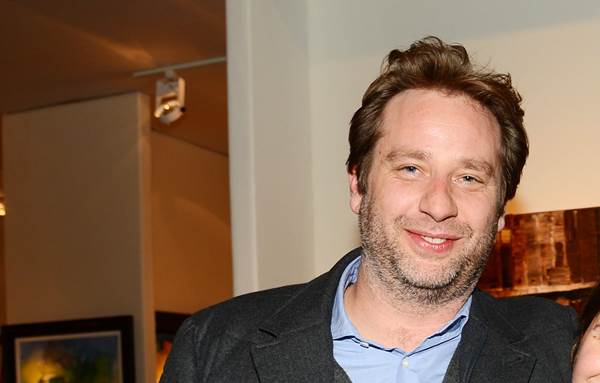
Joel Mesler.
Photo: PatrickMcMullan.com.
3. Joel Mesler
Dealer Joel Mesler, who now co-runs two spaces with fellow dealer Zach Feuer, started his first gallery, Diane Pruess, in LA’s Chinatown. Like Maccarone, Mesler spent the early 2000s living in his gallery, but unlike Maccarone, he built a makeshift bar and used it as an after-hours lounge-speakeasy. But after all the struggle of starting a gallery, his first show didn’t gain any traction.
“The show was up for two months. It was never reviewed and I did not sell any work. I was 26 years old,” Mesler wrote in Artnews. One day, Patrick Painter, a dealer who first showed Mike Kelley and Paul McCarthy, came by Mesler’s new space, but not to check out the gallery. “Painter took a 20-minute shit in my bathroom and left,” Mesler recalled. We’re happy to report that Mesler is doing much better now.
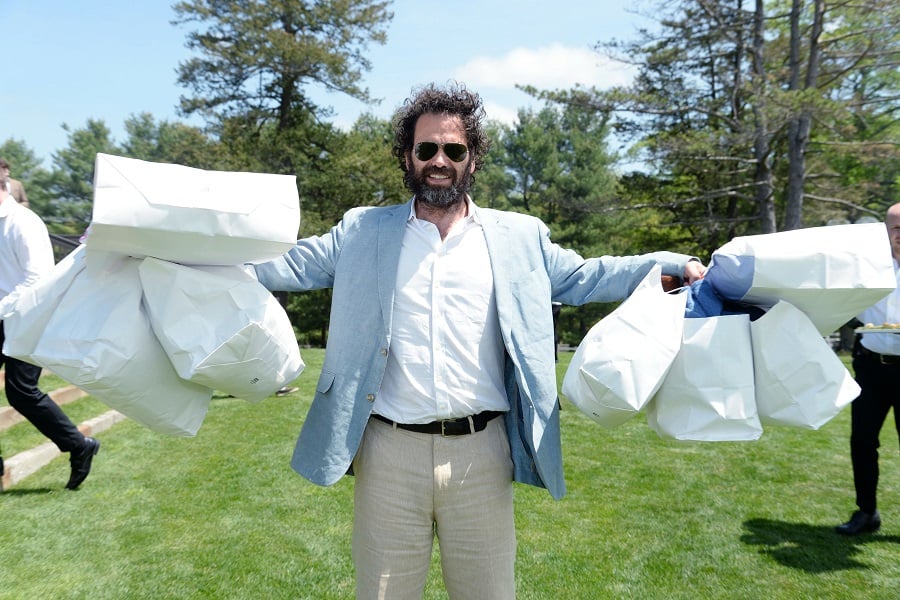
Gavin Brown
Photo: Clint Spaulding/Patrick McMullan.
4. Gavin Brown
The UK-born dealer, who represents Rob Pruitt, Elizabeth Peyton, and Rirkrit Tiravanija, told Art Review he came to New York in 1988 with $3,000 in his pocket: $1,500 from selling posters back home and $1,500 from his mother. When he arrived in New York, Brown found himself juggling between a lunch shift at the Tribeca brasserie Odeon and a night shift at the dive bar, Canal Bar.
After getting fired from the Odeon, Brown got by with odd jobs apartment-painting, until he landed a cushy job at a gallery. But that wasn’t enough for Brown; in 1997, he opened a gallery with a beloved bar attached called Passerby, whose light-up disco floor was created by artist Piotr Uklanski. But how did he survive the harsh environment that is New York? “I sold art. There weren’t any other options,” he told Art Review. Brown, who also has a space in Rome, Italy, is now forging a new path; he recently closing his West Side space to open a new Harlem location.
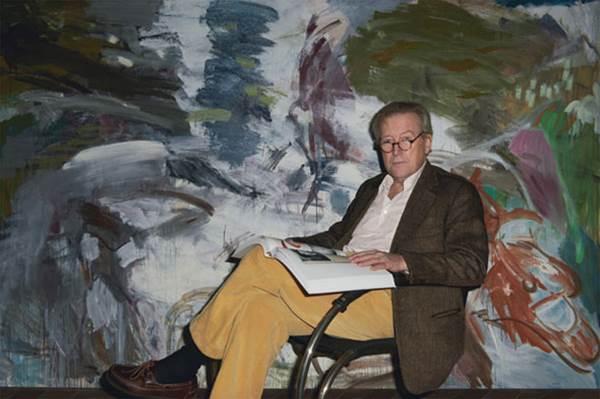
Michael Werner.
Photo: via W Magazine.
5. Michael Werner
After being fired from his assistant position at a gallery for telling collectors the work on view was “shit,” Michael Werner opened his own space in his tiny Berlin bedroom. In an interview with W magazine, Werner recalls his time “pretending to be a dealer” since he had no clients.
“You cannot imagine how it was,” he told W. “All these artists had no success. And I was slowly disintegrating as a person. I would live at night and sleep during the day, to escape from it all.” Today, Werner is credited with nurturing the careers of Georg Baselitz, whom he gave his first show, Sigmar Polke, and Jörg Immendorff, among other artists. He now has gallery locations in New York, London, and Germany.
Related stories:
Meet the New Generation of Young London Art Dealers
12 Must-Read Tips for a Successful Career in the Art World
14 Young New York Art Dealers To Watch
62 Women Share Their Secrets to Art World Success: Part One